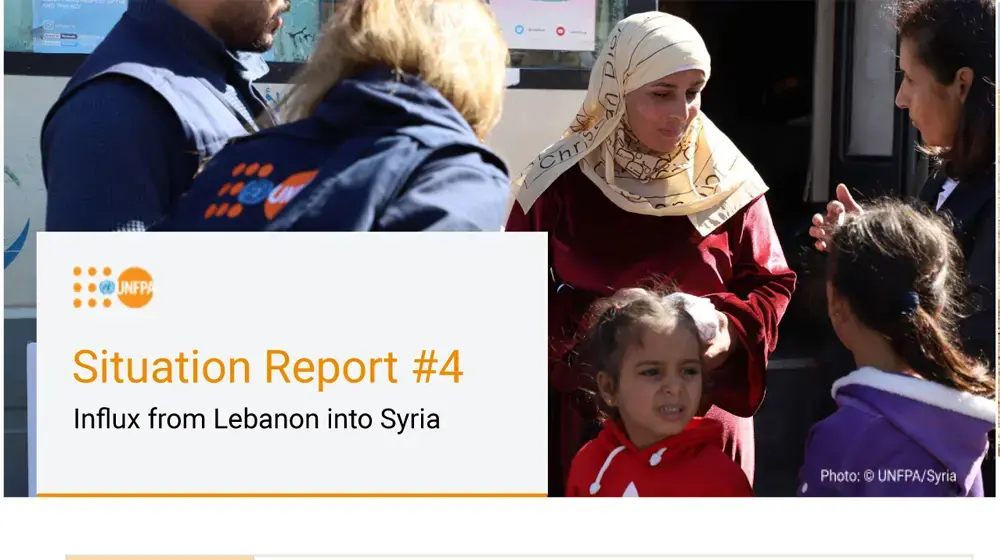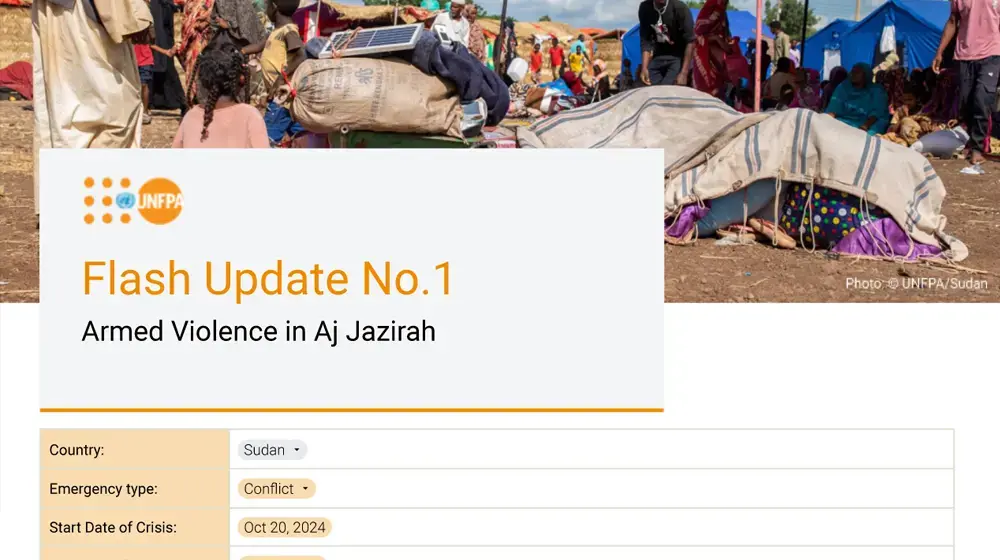The population in the Arab region is expected to nearly double and a half by 2050, increasing from 281 million people in 2000 to an almost staggering 659 million, so from 6.02 percent of the total population in 2000 to 15.2 percent by 2050. This is a 60 percent increase during the 35 years from 2015 till 2050.
Demographically, the Arab region does not enjoy specific ageing trend; it approaches ageing issue at different speeds, contexts and demands. This fact was reflected in the actions taken by Arab governments to address ageing. The countries of the Gulf Cooperation Council (GCC) witnessed the lowest percentage of ageing in 2000 and 2015, though ageing there is expected to rise by 10.47 percent by 2030.
By 2050 the GCC’s ageing population is expected to be at an all-time high of 20.66 percent, the highest in the Arab region, followed by the Maghreb, the Mashreq and the Least Developed Countries.





